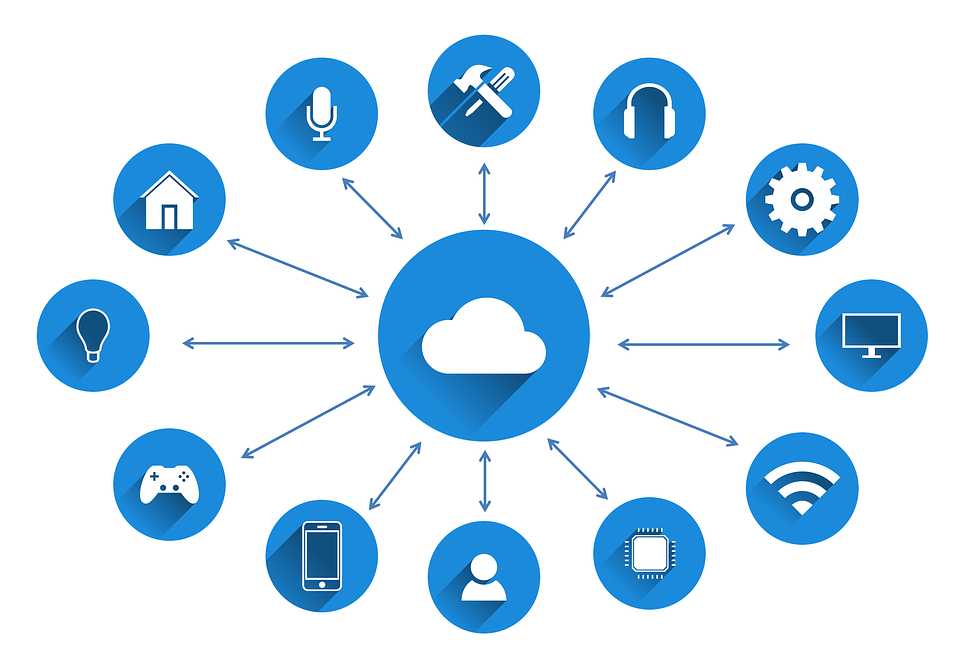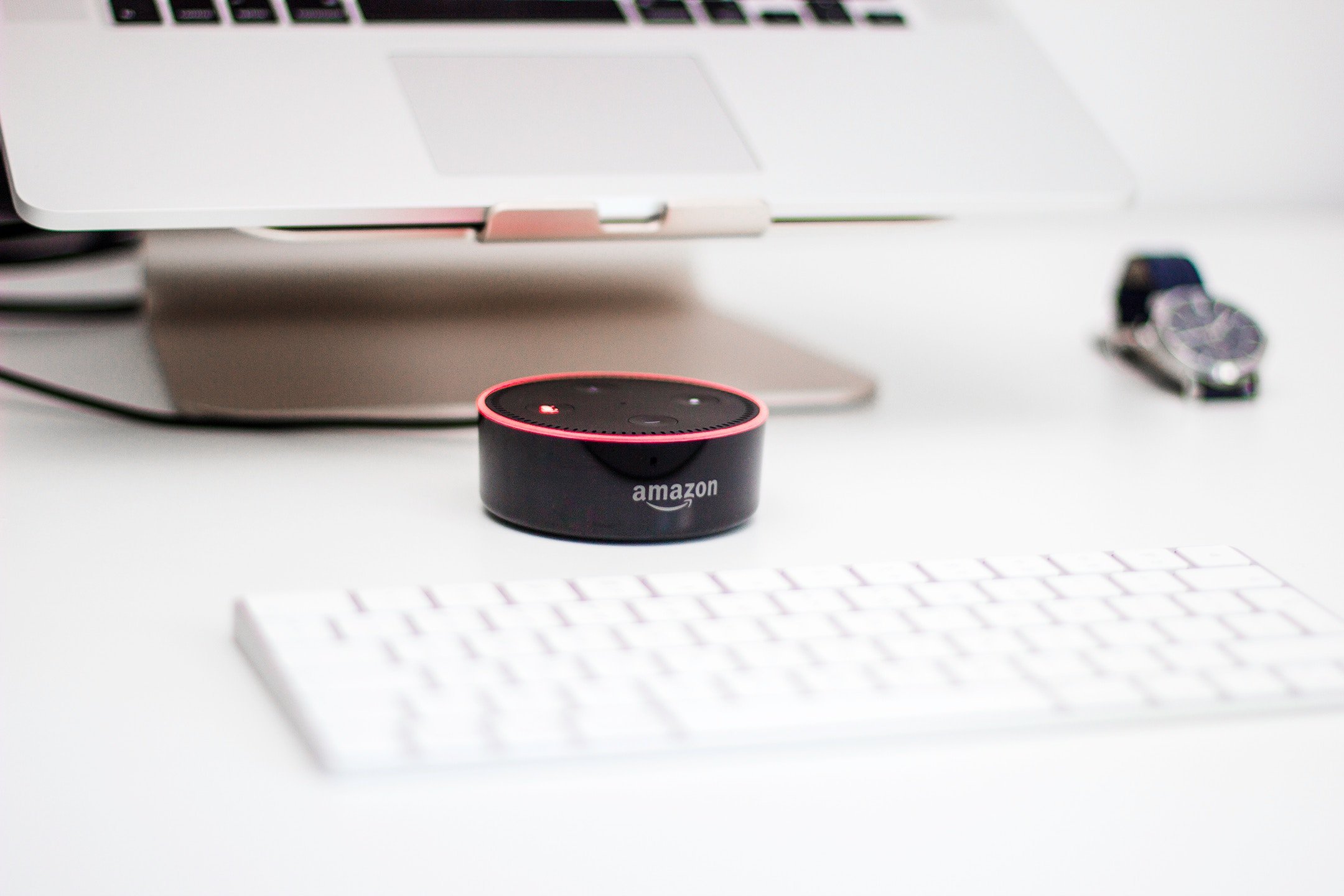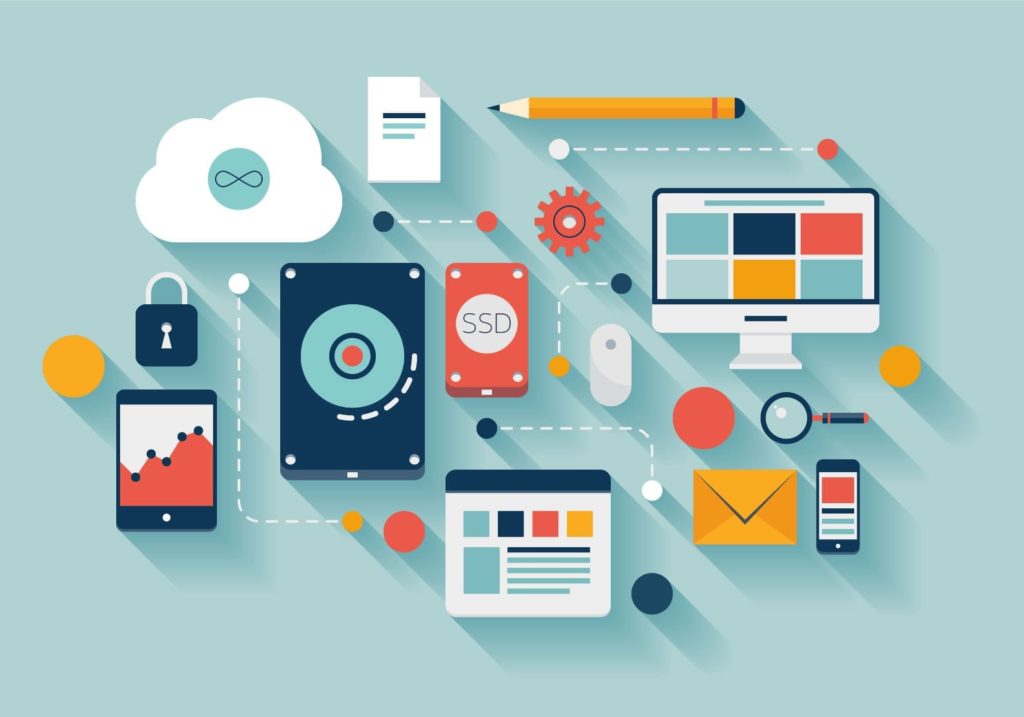IoT devices and their management
IoT or Internet of Things has gone from establishing to establishment really quick. The companies are now working up with zeal in the whole...


With this article, we intend to explain how IoT (Internet of Things) helps us transform our business model, generating a different impact on a company, suppliers and customers through innovative initiatives and through IoT technologies.
First of all, when internally the question "what is IoT and how can I apply it to my company?" comes up, it is necessary to give some tips that can help to conceptualize from the beginning this type of projects:
Initially the term Internet of Things, coined in the MIT in the year 1999, made reference, of very simple form, to connect "things" of daily use to Internet to obtain information and an intelligent management of the same.
Today, the Internet of Everything seeks to connect any”thing” to the Internet or a private network that allows us, among more and more options, to remotely manage or even modify our environment thanks to this information gateway the "thing" and the user. For this we have to understand what we mean by “thing“ and link it with the second concept, which is the “data".
Within the real IoT projects, we differentiate three types of scenario where we have the thing and the data. Generate data where we do not have through a network of multiple sensors globally. This is the project dream of every IoT lover. Factors such as electronics, connectivity, scalability and data analysis converge naturally in this type of project.
Connect multiple devices that generate and collect data and that already exist and are installed. These devices (machines, SCADA, PCs, appliances, wearable , etc.) each time have more databases or APIs with which they connect remotely to collect and exploit the data on their own platform (Azure IoT, IBM Bluemix, Nexiona, Thinworxs, SAP Leonardo, etc.) with operational, commercial or marketing objectives, for example.
Connecting physical objects to the internet that cannot have a system for generating and collecting data or a communications system that allows data to be uploaded to the Internet. Here we introduce the concept of “active “of a company, which will help us to better understand this post.
One of the main levers to start an IoT project within a company and that has become the starting point of any conversation is: what are the assets of your company that can make you lose money? And what are the assets of your company with which you can earn more money?
Logically everything cannot be reduced to the economic part, but it is undeniable that one of the main stoppers of these IoT projects, so innovative, is to monetize the investment made where what you are looking for is to gain efficiency, control and competitiveness.
The maturity of the concepts linked to the IoT reached at present forces us to reflect:
The answer to these questions is yes.
Here we give you a series of very clear examples of how large companies have gone from selling a product to selling a service thanks to the IoT:
In a natural way the IoT projects have gone from being conceived as something that allowed monitoring and measuring (we could include them in a concept of operational efficiency) to a business model aimed at impacting differently in our users. This post will help us understand why we connect things to the internet, which in the end is what we really want, but above all, how, thanks to these examples, we can change our business model and be more competitive.
As an example, and with the aim of breaking down some barriers of what is a common IoT project, we will explain a project where physical "things" are connected to the Internet that cannot have an embedded generation and data collection system, nor is there a communications system that allows the data on that object to be uploaded to the Internet.
In this sense, we present a case of specific use, which is not the only one, of how to connect a product of our company to the Internet and how, with it, a change in the business model can be generated or how to impact another way in our users.
We are in a wine bottling client that produces more than 12 million bottles a year. Today its production system is highly improved with very little loss in its production and with a very high cycle time.
Within this production system, the customer identifies their different systems and robots that allow them to fill, label, plug, put in boxes and palletize their wine bottles. First reflection, the assets of the company where winning or losing money is very well identified: the glass of the bottle, the components of the bottle at the brand level (label, stopper, etc.), the wine bottle as final product and on the other hand, production systems and robots.
Likewise, a winery or wine producer has a series of aspects inherent in its business model:
The first of these is inheritance, that is, they are businesses created generations ago, traditional and familiar, so modernizing the brand image or the style of the bottle is not something simple.
Second, as any industry that boasts, operating margins are usually low if we talk about production to volume as in this case, so its differentiating strategy within the market is price and volume .
Third, the traditional wine market is changing because the customs of the customers are changing. The current user is more interested and specialized in the world of wine, claims other types of productions and seeks a type of wine that suits their tastes.
Therefore, the challenge is huge: how to get a static product that cannot be modified, generated by volume and sold in international markets can be differentiated in some way from author wines, for example.
We come to the second reflection: the bottle of wine is my differentiating asset and I have to gain competitiveness in the market with that differentiation respecting the original style of the brand and the bottle itself in its production line.
Also, we also have to be able to know which numbered bottles go to each distributor or market and how my bottle is positioned in each one of them to finally know how the consumer of my wine is.
And at this point is where IoT comes in as a means to carry out that business transformation.
The first step is to interconnect the business: but how? We introduce new systems or devices within the production line that allow, quickly and easily, identifying the unique number of each bottle within the label (OCR cameras, artificial vision cameras, removable RFID plugs, etc.). With this, we can, at the level of systems, create an algorithm that registers the bottles that enter the robot that introduces, at one time, the 6 bottles in the box and immediately after, register the number of each bottle on a label in the box (for example, with inkjet printers ).
Once we have the binomial box-bottle number we can integrate the following production systems: labeler box, pallet, order, delivery note, etc. and with this, we get something really important today for every business that wants to differentiate itself: to be able to trace the product once it leaves your factory and with it to know its consumers.
We already have the box of 6 bottles of wine ready to travel, for example, to China. And each bottle has its number registered in our system. Now, how do we connect the bottle, the "thing", to the Internet? Very simple, creating an app that reads the bottle number. Simply with that step opens a world of options for our product and our client, since we will be able to connect with our consumers.
This simple way will allow us to know who and where you buy our product, know its migratory flows, segment our type of client, etc. and thanks to this, we will be able to open new markets, make our marketing campaigns more effective, expand more information about our winery, its lands, grapes, etc. That is, we have connected each bottle of wine to the Internet directly, without social networks in between, without touching the bottle and connecting directly with our users.
This example, like so many others, shows that to make an IoT project and generate thousands of data for analyses that help us improve our business, it is not necessary to sensorize. Achieving it is as simple as knowing the number of each product and integrating it into a mobile app.
Need help in understanding if IoT is for your business and if it can help? Lets get on a call and discuss.
Contact us

IoT or Internet of Things has gone from establishing to establishment really quick. The companies are now working up with zeal in the whole...
 Read More
Read More
Companies are leveraging big data to transform their digital landscape and automate organizational operations. Data disparity has been effectively...